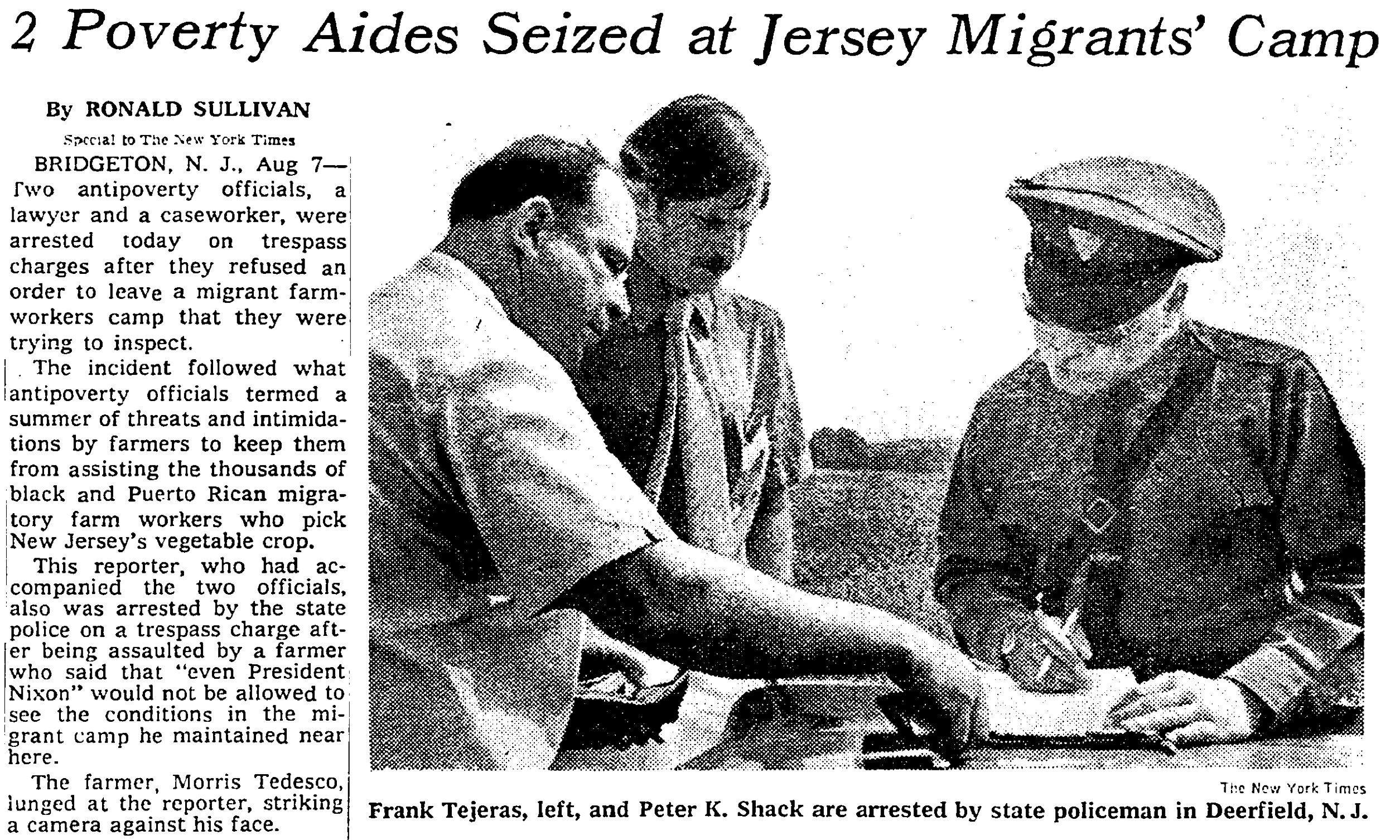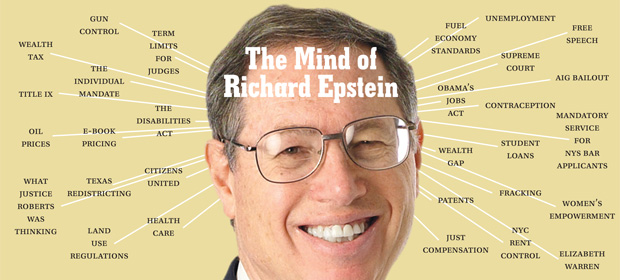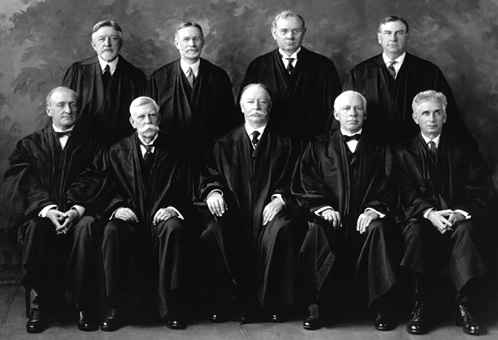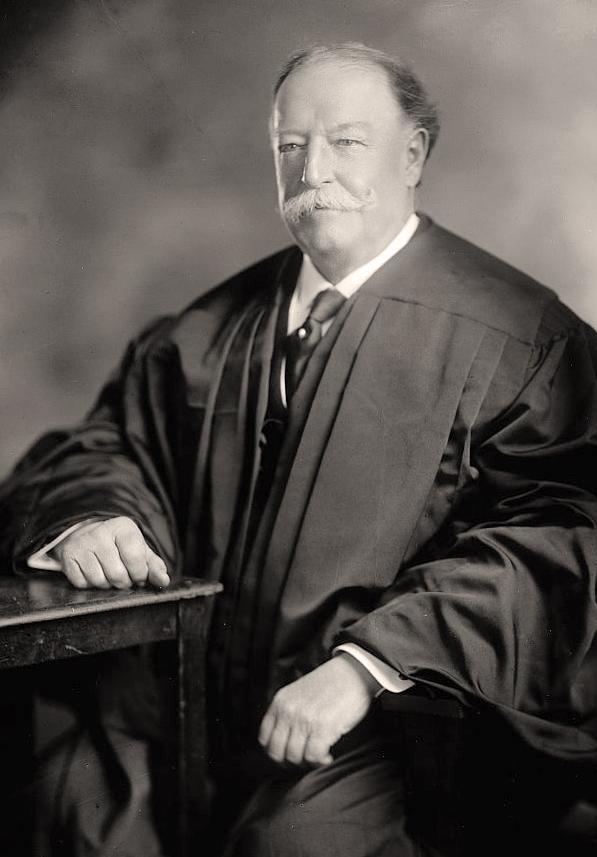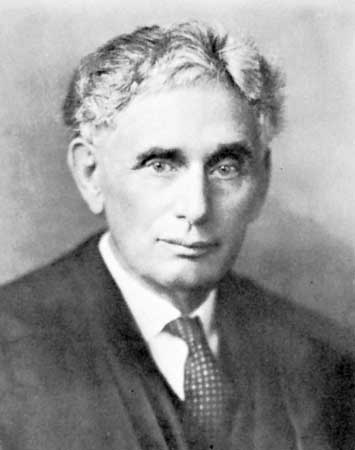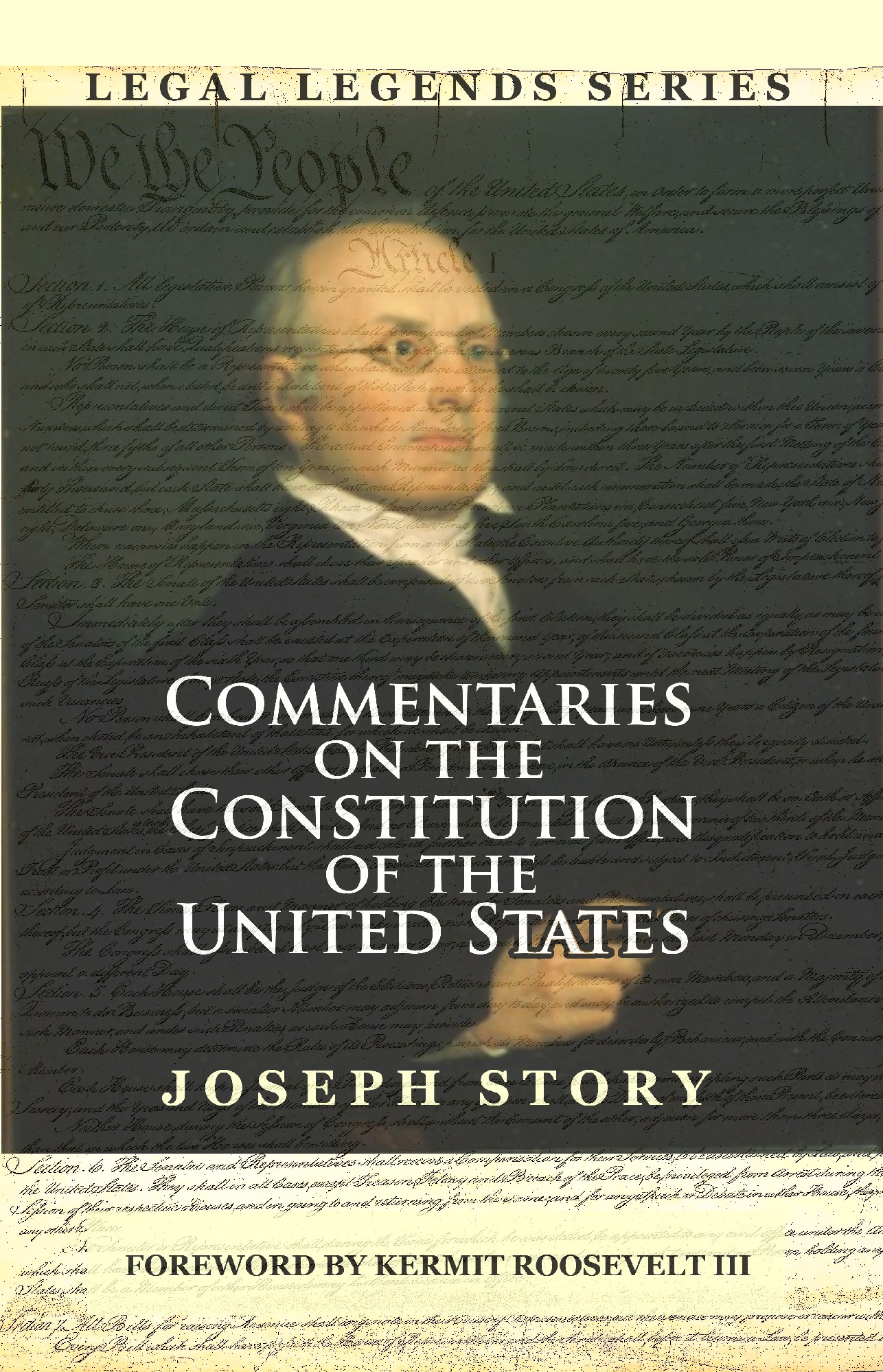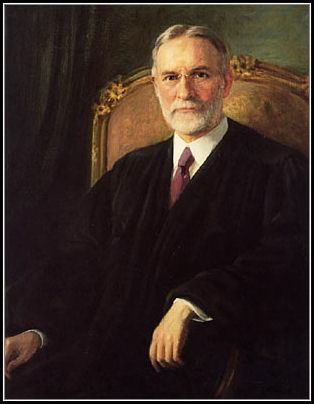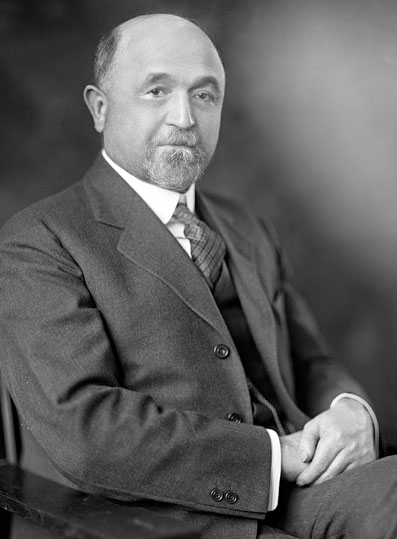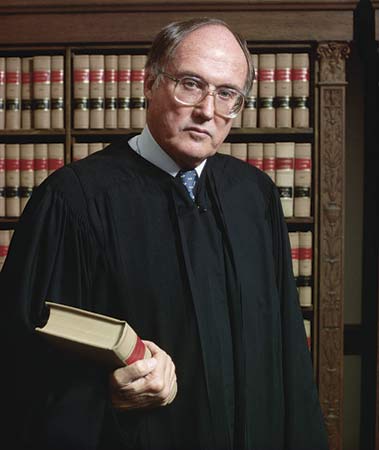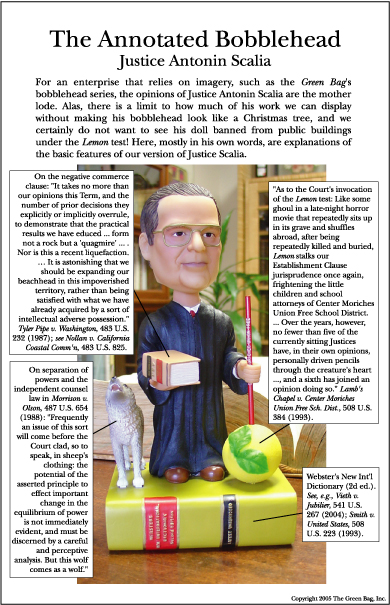Building on a similar essay in the New Republic, Cass Sunstein frets that revelations of government malfeasance by Edward Snowden, Glenn Greenwald, and Julian Assange will spread paranoid libertarianism among Americans, as trust in government decreases. This may make it harder for an omnipotent and benevolent federal government to platonically nudge us to a better lifestyle. So of course, this paranoia must be shot down.
Sunstein identifies five aspects of this “paranoid libertarianism,” and stresses that just because government messes up in some areas, we should trust it in other context.
First, is the “irrational” fear that government will use power to jeopardize civil liberties.
The first is a wildly exaggerated sense of risks — a belief that if government is engaging in certain action (such as surveillance or gun control), it will inevitably use its authority so as to jeopardize civil liberties and perhaps democracy itself. In practice, of course, the risk might be real. But paranoid libertarians are convinced of its reality whether or not they have good reason for their conviction.
Is this not the story of government power? Does Snowden not prove this is precisely what happened?
Second, these libertarians impute “bad faith” onto government officials:
The second characteristic is a presumption of bad faith on the part of government officials — a belief that their motivations must be distrusted. If, for example, officials at a state university sponsor a Christian prayer at a graduation ceremony, the problem is that they don’t believe in religious liberty at all (and thus seek to eliminate it). If officials are seeking to impose new restrictions on those who seek to purchase guns, the “real” reason is that they seek to ban gun ownership (and thus to disarm the citizenry).
I don’t think the correct word is “bad faith.” I think the better phrase is “ulterior motives.” (Though, when the government routinely lies to the people about issues of national security, their motives are fair game). And yes, government actors have “ulterior motives.” Many do want to ban guns. They say so themselves. A crisis is a terrible thing to waste.
Third, these paranoid libertarians are afraid they are being targeted by the government for their beliefs.
The third characteristic is a sense of past, present or future victimization. Paranoid libertarians tend to believe that as individuals or as members of specified groups, they are being targeted by the government, or will be targeted imminently, or will be targeted as soon as officials have the opportunity to target them. Any evidence of victimization, however speculative or remote, is taken as vindication, and is sometimes even welcome. (Of course, some people, such as Snowden, are being targeted, because they appear to have committed crimes.)
Can he really say with a straight face that certain groups are not targeted? IRS?
His fourth point posits the false dichotomy between liberty and security:
The fourth characteristic is an indifference to trade-offs — a belief that liberty, as paranoid libertarians understand it, is the overriding if not the only value, and that it is unreasonable and weak to see relevant considerations on both sides. Wilentz emphasizes what he regards as the national-security benefits of some forms of surveillance; paranoid libertarians tend to see such arguments as a sham. Similarly, paranoid libertarians tend to dismiss the benefits of other measures that they despise, including gun control and environmental regulation.
This point has been treaded on so many times. No one is seeking an absolute balance in favor of liberty. Even applying strict scrutiny requires the government to narrowly tailor their actions to promote liberty. Not absolutes.
Fifth, Cass trots out the familiar slippery slope argument here.
The fifth and final characteristic is passionate enthusiasm for slippery-slope arguments. The fear is that if government is allowed to take an apparently modest step today, it will take far less modest steps tomorrow, and on the next day, freedom itself will be in terrible trouble. Modest and apparently reasonable steps must be resisted as if they were the incarnation of tyranny itself.
I’m afraid Susntein’s argument proves the opposite of his own point. All of these elements of “paranoia” he identifies are not ridiculous, but represent a health skepticism of government power–proven by the government’s actions when they say “Trust us.” Now, such skepticism is certainly not conducive to the type of big government that Sunstein seeks. But we need not be nudged to that end.
H/T Damon Root

